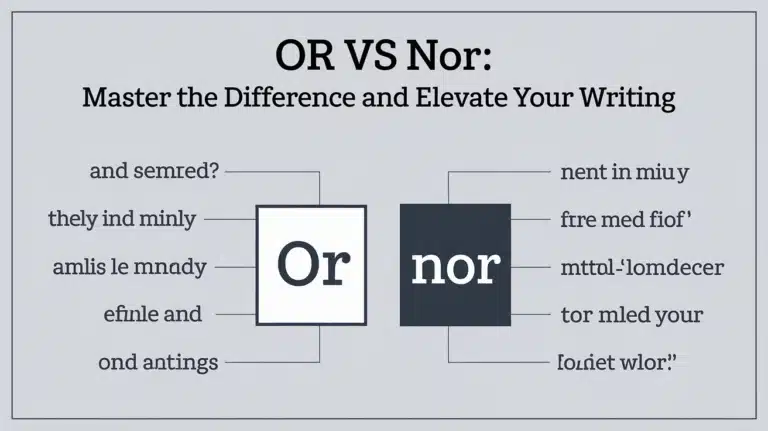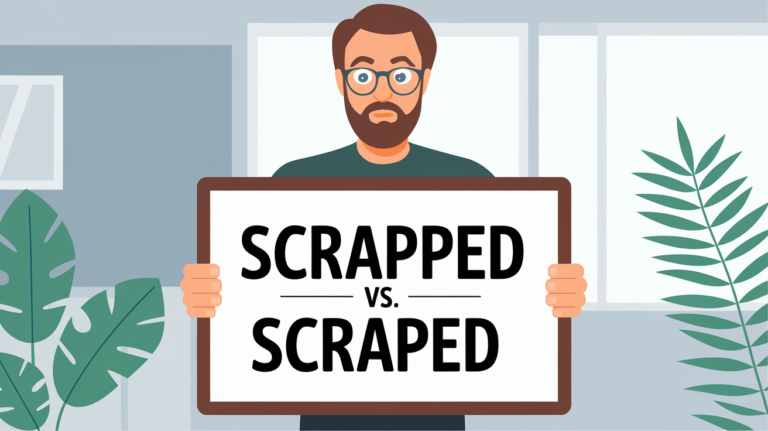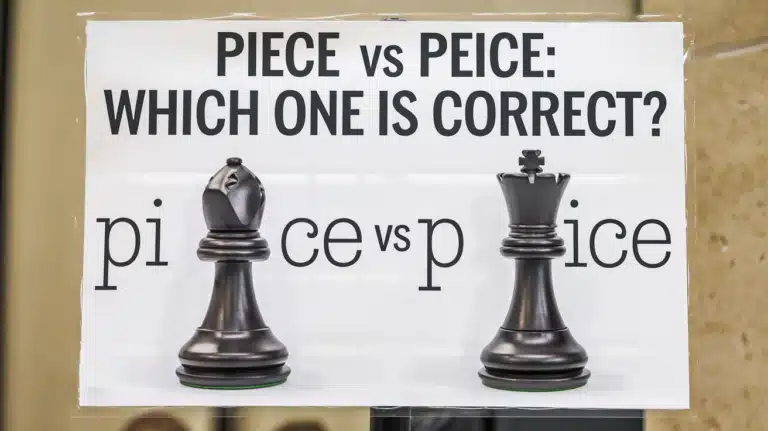Cocoon or Cacoon? Cracking the Spelling Code
Ever found yourself staring at the word “cocoon” (or was it “cacoon”?) and wondering if you’ve got it right? You’re not alone! This tricky little word has been the bane of spellcheckers and word nerds alike. But don’t worry – we’re about to unravel this silky mystery once and for all. Grab a cup of coffee and settle in as we explore the wild world of cocoons, crack the spelling code, and maybe even learn a thing or two about nature’s coziest transformations along the way. Trust me, by the end of this, you’ll never second-guess this word again!
The Surprising Origins of “Cocoon”
The word “cocoon” has a rich history, woven through time like the silken strands of its namesake. Its journey begins in ancient Latin with “coccum,” meaning berry. This evolved into the French “cocon,” which finally gave us the English “cocoon.”
First appearing in scientific literature in the early 18th century, “cocoon” quickly spun its way into common usage. Naturalists and biologists embraced the term to describe the protective casing many insects create during metamorphosis.
“Nature uses only the longest threads to weave her patterns, so each small piece of her fabric reveals the organization of the entire tapestry.” – Richard P. Feynman
This quote beautifully captures the intricate design of cocoons in nature, reminding us of their significance in the grand scheme of things.
Read More About : Totalling vs Totaling: Mastering the Spelling Dilemma in English
Understanding “Cacoon”: A Common Misspelling
While “cacoon” might look plausible at first glance, it’s actually a misspelling of “cocoon.” This error likely stems from the phonetic similarity between “ca” and “co” in many English accents. The prevalence of this misspelling varies across English-speaking regions, but it’s important to note that “cacoon” is not recognized as correct in standard English.
Fun fact: The “cacoon” misspelling is so common that some people have even used it as a brand name, further adding to the confusion!
Cocoon: The Correct Spelling and Its Many Contexts
“Cocoon” is the correct spelling, recognized by dictionaries worldwide. Let’s explore its various uses:
- Biological context: In nature, a cocoon is the protective silk casing spun by the larvae of many insects, especially moths, during the pupal stage of their growth.
- Metaphorical usage: We often use “cocoon” metaphorically to describe a safe, comfortable space or a state of isolation. For example, “She cocooned herself in blankets on the cold winter night.”
- Technological applications: In the tech world, “cocooning” refers to the trend of staying inside and communicating electronically rather than in person.
- Design and furniture: “Cocoon chairs” have become popular in modern interior design, offering a cozy, enclosed seating experience.
Cocoons in Nature:
Cocoons play a crucial role in the life cycles of many insects. Here’s a quick look at some fascinating cocoon facts:
- Silk production: The silkworm moth (Bombyx mori) produces one of the most economically valuable cocoons, giving us natural silk.
- Diversity: Cocoons come in various shapes, sizes, and materials. Some are made of silk, while others use leaves, twigs, or even saliva!
- Protection: Cocoons shield developing insects from predators and harsh environmental conditions.
| Insect | Cocoon Characteristics | Duration of Pupal Stage |
|---|---|---|
| Silkworm | Oval, white/yellow silk | 10-14 days |
| Luna Moth | Thin, papery, wrapped in leaves | 2-3 weeks |
| Cecropia Moth | Large, brown, attached to twigs | Overwinters (several months) |
The “Cacoon” Connection: Botanical Contexts
While “cacoon” is a misspelling of “cocoon,” it’s worth noting that there is a plant known as the “cacoon” or “snuffbox bean.” Its scientific name is Fevillea cordifolia, and it’s native to tropical America.
- The cacoon plant produces large, woody fruits.
- Its seeds were historically used for medicinal purposes.
- The name “cacoon” for this plant likely comes from a different etymological root than “cocoon.”
This botanical connection adds an interesting twist to our spelling discussion!
Why the Confusion Persists: Common Spelling Mistakes
The persistence of the “cacoon” misspelling highlights some common challenges in English orthography:
- Phonetic ambiguity: The “co” in cocoon can sound like “ca” in some accents.
- Silent letters: The second “o” in cocoon is often pronounced softly, making it easy to overlook.
- Lack of spelling rules: English is notorious for its inconsistent spelling patterns.
Tips for remembering the correct spelling:
- Think of the two “o’s” in cocoon as representing the two stages of an insect’s life it encloses.
- Visualize a cocoon with two oval openings, each represented by an “o”.
Cocoons in Popular Culture: Spinning a Cultural Web
The concept of cocoons has woven its way into our cultural fabric:
- Literature: In “The Very Hungry Caterpillar” by Eric Carle, the caterpillar’s transformation in a cocoon captivates young readers.
- Movies: Films like “Cocoon” (1985) use the metaphor of rejuvenation and transformation.
- Music: David Bowie’s song “Cygnet Committee” includes the lyric “I’m gonna be so strong, I’m gonna break out of this cacoon,” interestingly using the misspelling.
The Impact of Misspelling: More Than Just a Typo
Using “cacoon” instead of “cocoon” can have various consequences:
- SEO implications: Incorrect spellings can affect search engine rankings and visibility.
- Credibility loss: In professional or academic writing, spelling mistakes can undermine the author’s credibility.
- Miscommunication: In scientific contexts, precision is crucial to avoid misunderstandings.
Conclusion: Embracing the Correct Spelling
As we emerge from our exploration of “cocoon” vs. “cacoon,” it’s clear that “cocoon” is the correct spelling. This word, with its rich biological significance and metaphorical depth, deserves to be spelled correctly. Whether you’re describing the protective casing of a transforming butterfly, the cozy isolation of a quiet evening at home, or the process of personal growth and change, “cocoon” is the word to use.
Remember, language is a living thing, constantly evolving like the creatures in their cocoons. By using “cocoon” correctly, we participate in the ongoing metamorphosis of our linguistic landscape, ensuring clarity and precision in our communication.
So, the next time you’re tempted to write “cacoon,” pause and think of the silkworm, patiently spinning its cocoon, letter by letter: c-o-c-o-o-n. In doing so, you’ll be contributing to the beauty and accuracy of our shared language, spinning your own silken thread in the vast tapestry of English.







